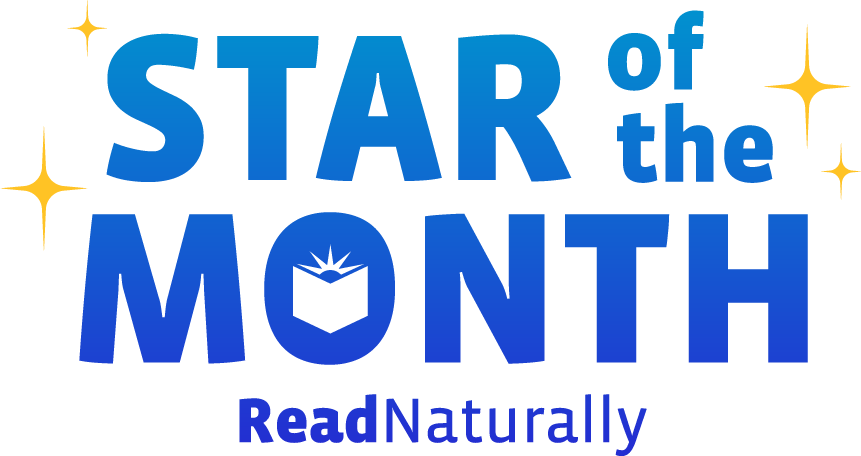If you’re a Read Live user, we hope you’re taking advantage of FREE One Minute Reader Live access this summer to accelerate your students’ gains and ensure they don’t lose the progress they’ve made this year. One Minute Reader Live is completely independent and ideally suited for summer learning. Teachers typically have just one concern: How can we trust that the students will put in the time and effort on their own? Rest assured, One Minute Reader Live is inherently rewarding, and kids love it! Beyond this, consider boosting their motivation by implementing a fun incentive program.
Read more Teacher Appreciation Week officially begins today. Let's celebrate with a bunch of free resources for you. These resources include phonics games, vocabulary exercises, cue cards to help emerging readers with visually confusing letters, a system for mastering the most frequently misspelled words, and more--all free!
Read more Attention, Read Live users! Now is the time to set your students up for a summer of success with One Minute Reader Live. This program is included in your Read Live subscription and is ideal for independent reading progress this summer.
Read more What is the best way to ensure your Read Live students don't lose the progress they made in reading this year? Have them work in One Minute Reader Live over the summer! In school, the majority of Read Live students are working in Read Naturally Live. All of these students also have free access to One Minute Reader Live—an effective and fun summer reading tool.
Read more Teacher Appreciation Week is just around the corner! Here are five meaningful ways students can honor their teachers during this special week.
Read more We love providing educators with free resources. Not only do these materials help struggling students, but they tend to make teachers’ lives easier. In recent weeks, we’ve shared free resources to help students correct common spelling errors as well as free resources to help students master visually confusing letters. This week, we’re sharing three free supplemental resources for students working in Read Live and Encore.
Read more In order to know whether a student has made enough progress to exit a Read Naturally program, you need to assess the student with grade-level material. It is important to celebrate your student’s daily growth from cold to hot timings in a story, the student’s goal being increased and the student moving up a level. It is also exciting to see a student’s cold-timing scores increase from story to story. These are all indications that the student’s reading skills are improving and that he or she is making progress in the program. But it is essential to keep the long-term goal in mind.
Read more Read Naturally stories capture students’ curiosity and keep them engaged. This is, of course, by design. Why would a reluctant reader want to read about a boring topic?
Read more Reading without comprehension is about as much fun as looking at a page of jumbled letters. What’s the point? The reason we read is to gain knowledge, enrich our lives, and be entertained. None of these things can happen without comprehension.
Read more You know that Read Naturally programs work. Maybe you’ve talked to other teachers in your building or tried our free trial, or maybe you’ve even used our programs with your students in the past. Here’s the challenge—how do you pay for them?
Read more  Share your student’s success story—nominate him or her for our Star of the Month award. Win a Barnes & Noble gift card for the student and a Read Naturally gift certificate for your class!
Share your student’s success story—nominate him or her for our Star of the Month award. Win a Barnes & Noble gift card for the student and a Read Naturally gift certificate for your class!